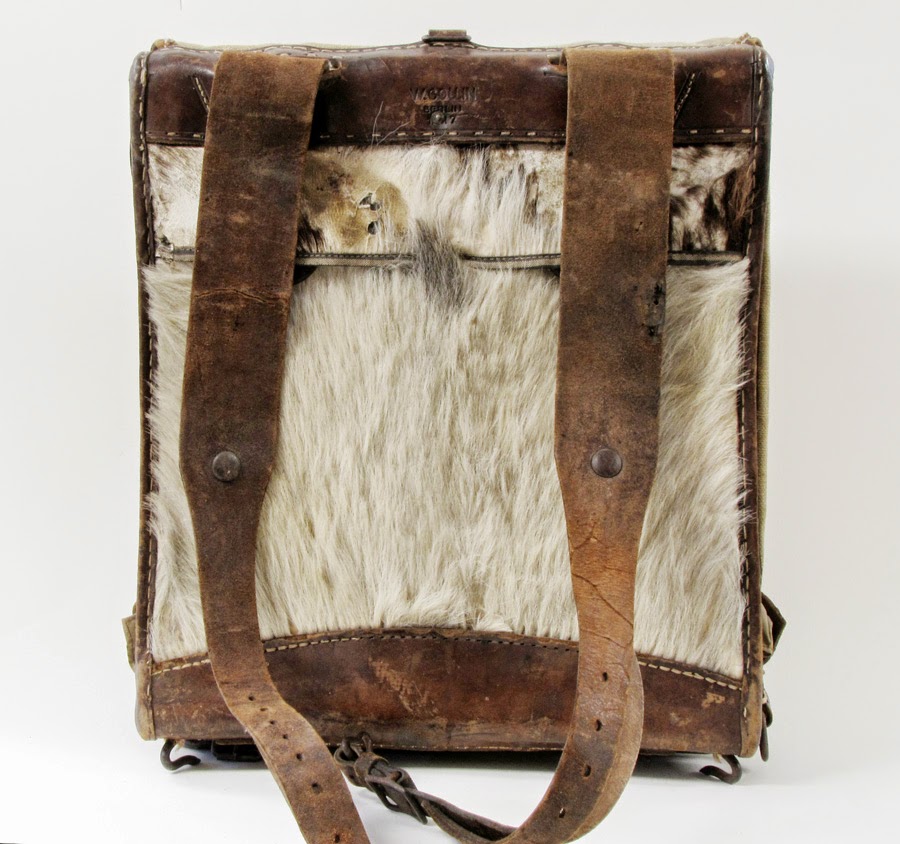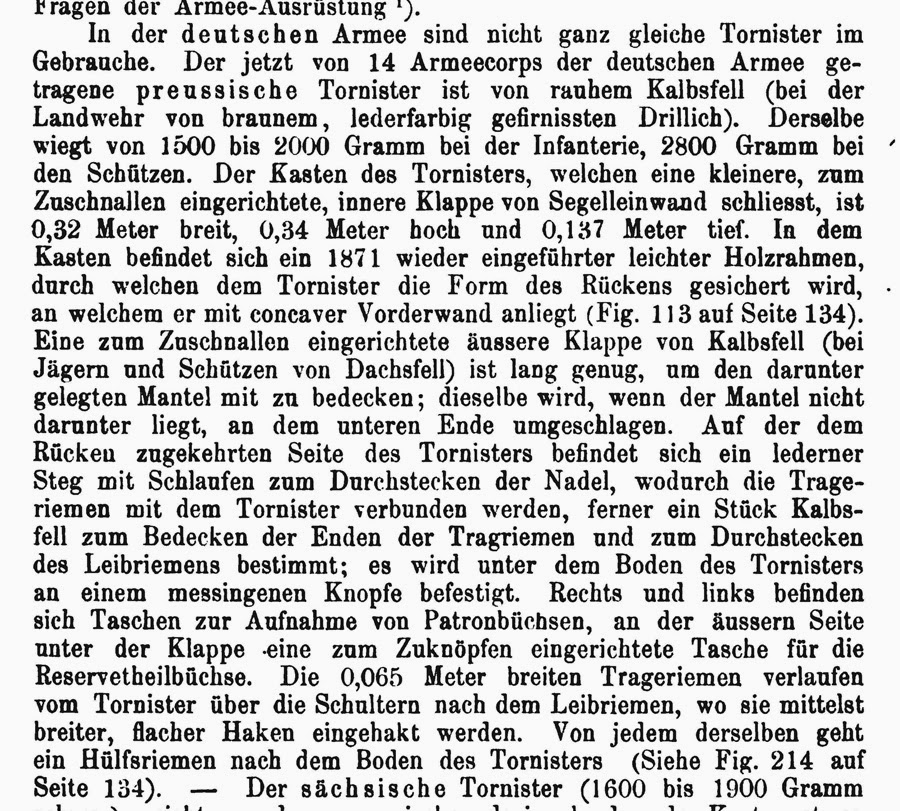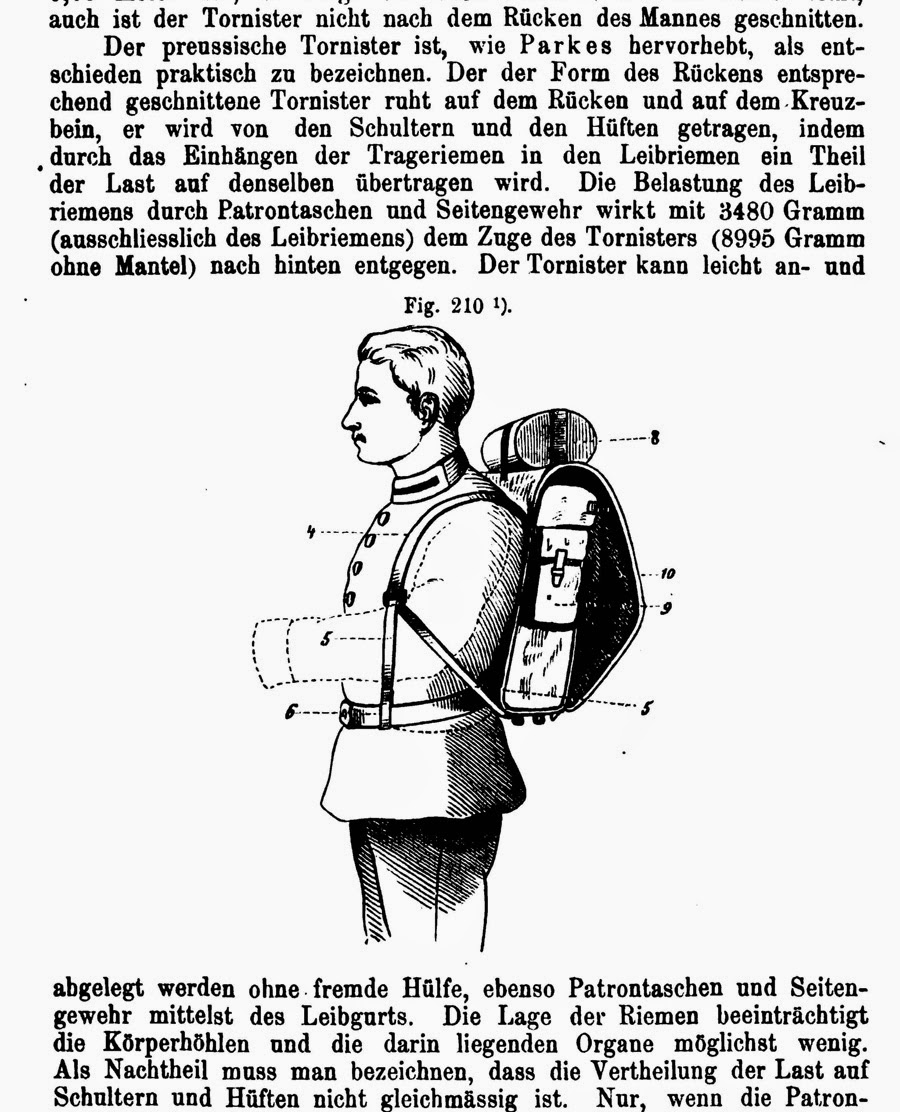2012 schrieb Jeff Peachey auf seinem Blog ein Aufsatz mit dem Titel "Bookbinding for the Nervous Convalescent" (Buchbinden für den Nervenkranken) in dem er zu William Dunton's Occupation Therapy: A Manual for Nurses (Philadelphia and London: W.B. Saunders and Co., 1918) fragte ob es noch andere Texte zum Thema Buchbinderei zur Rehabilitation gäbe. Dann vor kurzer Zeit eine Diskussion auf SHARP-L und Exlibris in der David Levy auf seinen Blog ein Opfer von einem Schlaganfall beschrieb der sich beibrachte mit der linken Hand zu schreiben. Die Diskussion ging dann auf weitere Anpassungen um für Behinderungen zu kompensieren ein. Interessant.
| Writing From Adam, "Der Unterricht der einarmigen Kriegsverletzten in Düsseldorf," pt 1. |
While not handwriting, there are some very interesting articles that were published during and after WW I in German on teaching bookbinding to veterans and others with damaged or missing limbs. This is accomplished with prostheses that have been adapted for holding tools, including “plug and play” functionality. These are best illustrated in Pt. 1 of Adam article and in the Proebster article.
Obowhl sie nicht von Schreiben oder Handschrift handeln, wurden einige sehr interessant Aufsätze zum Thema Buchbinderei als/und Rehabilitation während des WK I und dannach geschrieben in denen mann beschrieb wie man "Einarmigen" die Buchbinderei auf recht hohem Niveau beibringen konnte, bzw diese es ausüben konnten. Dieses wurde mit Prothesen die eine gewisse "plug and play" Funktionalität hatten, und wurden am besten in Teil 1 von Paul Adam und in dem Proebster Aufsatz beschrieben. Die ganzen Aufsätze können als PDF über die Links in diesem Aufsatz gelesen werden.
| Folding From Adam, "Der Unterricht der einarmigen Kriegsverletzten in Düsseldorf," pt 1. |
| Cutting on the boardshear From Adam, "Der Unterricht der einarmigen Kriegsverletzten in Düsseldorf," pt 1. |
Auf Deutsch gehts mit den Links weiter zum kompletten Aufsatz mit mehr Bildern
See the link below for more images.
Adam, Paul. „Der Unterricht der einarmigen Kriegsverletzten in Düsseldorf.“ Archiv für Buchbinderei, 1916-1918. Pt 1 | Pt 2 | Pt 3 (Complete article with all three parts)
In the Allgemeiner Anzeiger für Buchbindereien (1927) I found on page 837 an article by Emil Kloth entitled "One-armed Bookbinders." Below and quick and dirty translation and paraphrasing. Original German not PC by today’s standards…
In dem Allgemeiner Anzeiger für Buchbindereien (1927) fand ich auf Seite 837 einen Aufsatz von Emil Kloth mit dem Titel "Einarmige Buchbinder." Auf den Link unter dem Bild klicken für den Aufsatz auf Deutsch...
 |
| Beginning of the article from the Allgemeiner Anzeiger für Buchbindereien Anfang des Aufsatzes vom Allgemeiner Anzeiger für Buchbindereien Ganzen Aufsatz hier lesen |
Translation of article illustrated above.
"One-armed Bookbinders"
Ones duty to go beyond sym-/empathy with the maimed/physically disabled and to help them into avocations that can provide for them. Mention of homes and workshops to help in this healing process, most with workshops to serve the young and adults. The article does make the point to mention that none of these are veterans, but rather those who were maimed such as losing an arm in work related accidents and may still be of school age.
The Zeitschrift für Krüppelfürsorge, Heft 5/6, 1927 (89-96) describes in the illustrated article "Über die Arbeitsgänge im Buchbinderhandwerk bei Armamputierten" by Dr. Proebster how young people can be prepared for the bookbinding trade. Only one of the apprentices as a fore-arm stump, the others have upper arm stumps. Cited is a Dr. Biesalksi who “says that the best prostheses is the stump,” or the stump still contains a certain amount of strength and mobility and facilitates the use of prosthetic devices. However, prosthetic devices are limb replacements, not replacements for limbs.
 |
| Sewing and rounding From Proebster, "Über die Arbeitsgänge im Buchbinderhandwerk bei Armamputierten" |
Twelve further illustrations depict one-armed individuals sewing, round and backing using German press with “press nut,” laying on gold for edge gilding, covering a spine, paring leather, and tooling. One graduate of the program is satisfactorily working full-time in a Berlin bindery, and another completed his apprenticeship early with very good notes. His examination pieces were 2 ¼-leather bindings. The author also notes a well-known guild master who lost his left arm to a steam press but was able to continue working and now owns his own bindery with 20 employees. “Much can be achieved with a strong/resolute will.”
 |
| Paring leather corners From Proebster, "Über die Arbeitsgänge im Buchbinderhandwerk bei Armamputierten" |
Now we come to the usual “but…” It is wrong to say that based on these experiences/reports that binding is a trade suitable for cripples. However, Dr. Proebster does just that by citing a passage from Paul Kersten’s Der Buchbinderlehrling, 2nd ed, pg 44 that states that “frail people are completely unsuited [for the bookbinding trade] because one needs strong arm and leg muscles for making gilt edges or embossing [working the machinery], and further notes that the success of the Oscar-Helene-Home prove that Kersten’s attitude is wrong. Even in trades it not just the muscles but also the will that determine success…. We must acknowledge that those with physical limitations but otherwise sound minds will want/need to become contributing members of society via the trades, something we must encourage and facilitate.
 |
| Turning-in at the spine From Proebster, "Über die Arbeitsgänge im Buchbinderhandwerk bei Armamputierten" |
It seems to me, however, that Dr. Proebster overreached to a greater degree than Paul Kersten because what Kersten wrote is undoubtedly true in that his is a reaction to the still held view that the [bookbinding] trade is good enough for the physically and mentally weak individuals. This has nothing to do with animosity towards amputees. Dr. Proebster is correct in stating that society is required to help those less fortunate, but is cannot demand that one trade alone take this task upon itself – every trade should do this…
Emil Kloth
(Ist Secretary of the International Bookbinders’ Union 1907-20)
Hier beispiele der vollendeten Arbeiten
Here some examples of completed work
| Lacquered batik; hand tooling, handmade bosses after design by Paul Adam From Adam, "Der Unterricht der einarmigen Kriegsverletzten in Düsseldorf," pt 2. |
| Boxes on punched, tooled, and painted leather From Adam, "Der Unterricht der einarmigen Kriegsverletzten in Düsseldorf," pt 2. |
During WW II there was also Zechlin, Ruth. Soldaten Werkbuch für Freizeit und Genesung. Ravensburg: Otto Maier Verlag, 1943 (2nd ed). This continued to be sold after the war with a label pasted over “Soldaten” so that it read “Jungen” instead. Interestingly, the title page and images were not updated so it is still possible to see references to the original purpose of the book. It was designed for convalescing soldiers and those on leave, and starts off with instructions for making a Bett-tisch (bed table) for making the quite complex projects on. These include wood working, origami,bookbinding, dolls, all manner of crafts really. Below some images showing the cover with pasted-on label, title page, the Bett-Tisch, and examples of bookbinding...
Während des WK II gab es auch Ruth Zechlin's Soldaten Werkbuch für Freizeit und Genesung. Ravensburg: Otto Maier Verlag, 1943 (2. Ausgabe). Dieses wurde nach dem Krieg als Jungen Werkbuch weiter verkauft, aber mit aufgeklebter "Korrektur" des Titels... Die Titelseite sowie Abbildungen wurden aber nicht ausgewechselt so, daß der Ursprung des Buches klar ist. Geschrieben wurde es geschrieben "für den verwundeten Soldaten im Lazarett und auch den Landser, der längere Zeit im Quartier liegt, so gibt es manche langeweilige Stunde..."Das Buch fängt mit dem "Bett-Tisch an der benutzt werden kann zum Lesen, Spielen, oder auch Basteln. Bastlearbeiten sind sehr vielseitig und beinhalten Origami, Puppen, kleine Holzarbeiten, aber auch Buchbinden und Papparbeiten. Unten einige Abbildungen.
 |
| Making the case/book cover |
 |
| Improvised sewing frame |
These challenges are still very much with us. The Wiltshire Barn Project in the UK "uses the therapeutic qualities of craft bookbinding to assist casualty rehabilitation and to develop employment opportunities" and "offers City & Guilds instruction on Level 1 and Level 2 courses in craft bookbinding. Each stage will lead to an award, and successful completion of the two stages will lead to a nationally recognised certificate." The uses of crafts in this way also comes up regularly in the literature, here an example, especially as too many who serve their countries return with traumatic injuries. Here a link to an article about one veteran who learned the craft of shoemaking and is also working to develop better prostheses.View also his TEDx talk on the subject. In the USA there also is the Combat Paper Project where veterans cut up uniforms, beat them into a pulp, and form them into sheets of paper to reclaim their uniforms as art and express their experiences with the military.
Diese Herausforderungen sind noch mit uns. Das Wiltshire Barn Project in der UK benutzt die therapeutischen Qualitäten der handwerklichen Buchbinderei als Reha mit dem Ziel dieses als Beruf auszuüben können und bietet deshalb auch die erforderlichen Zertifikate an die auf nationaler Ebene anerkannt sind. Die Anwendung von handwerklichen Tätigkeiten auf diese Art erscheint auch regelmäßig in der Literatur, hier ein Beispiel aus den USA, besonders da viel zu viele die ihr Land dienen mit traumatischen Wunden zurückkehren. Hier ein Beispiel von einem Soldaten der das Schuhmacherhandwerk erlernt hat und die Entwicklung besserer Prothesen vorantreibt. Man kann auch seiner TEDx rede zum thema zuhören. In den USA gibt es auch das Combat Paper Project in dem Veteranen aus ihren Uniformen Paper machen und so ihre Erlebnisse versuchen zu bewältigen.
If anyone has citations to similar articles or mentions of the uses of bookbinding/book arts for rehabiliation, please share them via the comments below. I know there are some in the English bookbinding literature...
Wenn Leser von anderen Schriften zur Anwendung von Buchbinderei und Buchkunst als Rehabilitation kennt, bitte unten im Kommentarkasten teilen.
See also comments below for links to related articles and posts...
Siehe auch Kommentare unten für Links zu mehr Aufsätzen...














.jpg)
.jpg)
sm.jpg)


























